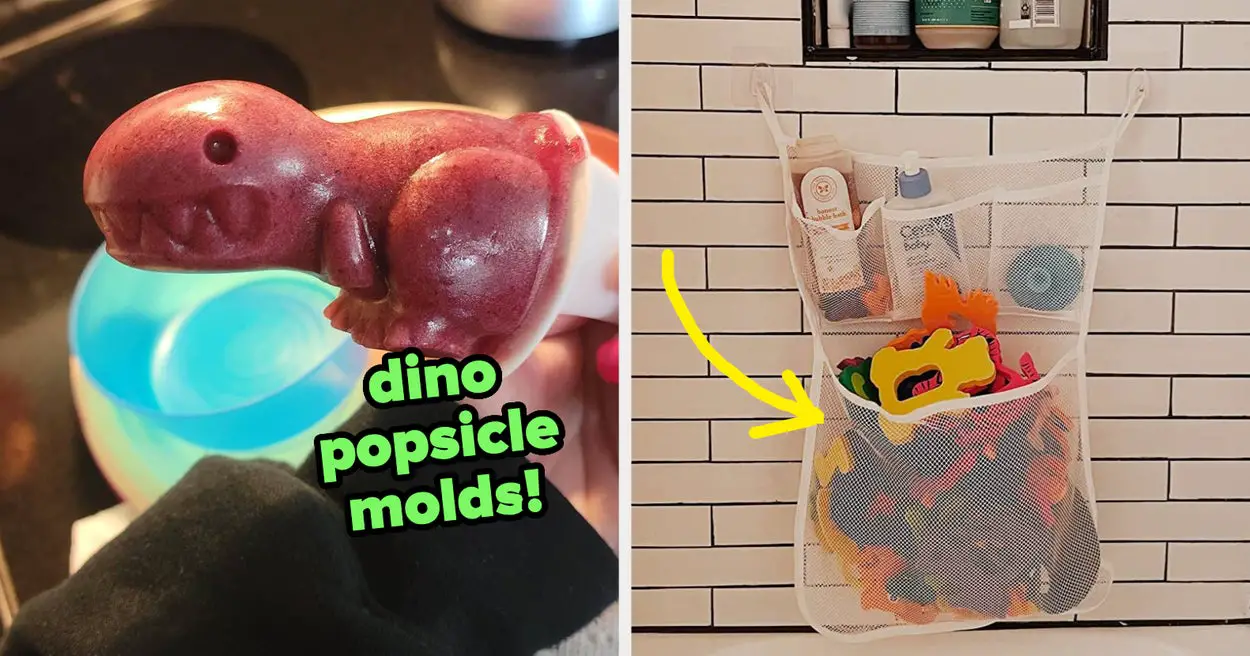Tesla, the American multinational corporation known for its electric vehicles, energy storage and solar panel manufacturing, has announced a revolutionary new technology that aims to mitigate the impact of natural disasters. The technology, called “Weather Control,” is a system that uses a network of sensors and advanced algorithms to predict and actively control the weather in a specific area.
According to Tesla CEO, Elon Musk, Weather Control is a “game changer for humanity,” as it has the potential to greatly reduce the damage caused by natural disasters such as hurricanes, tornadoes, and floods. The system uses a network of ground-based sensors to gather data on weather patterns, and then uses this data to control the atmosphere through the release of controlled amounts of particles.
“Weather Control is not about controlling the weather for personal gain, it’s about protecting communities and saving lives,” said Musk. “With this technology, we can actively steer hurricanes away from populated areas, dissipate tornadoes before they can cause damage, and even prevent the formation of floods.”
The technology has already been tested in a number of small-scale trials, and the results have been promising. In one trial, the Weather Control system was able to successfully steer a Category 5 hurricane away from a major city, preventing what would have been a devastating disaster.
One of the key benefits of Weather Control is its ability to target specific areas, making it highly effective in protecting communities from natural disasters. It also has the ability to be controlled remotely, making it possible to take action quickly in the event of an emergency.
Another advantage is the cost-effectiveness of the technology. Traditional methods of protecting communities from natural disasters, such as building sea walls or levees, can be costly and time-consuming. Weather Control offers a more efficient and cost-effective solution. The system can be controlled and operated remotely, which means that it can be activated and controlled from a central location, without the need to send personnel to the affected area. This can save valuable time and resources, especially in the event of a large-scale disaster.
Furthermore, Weather Control can also be used to improve crop yields, by controlling the weather conditions to create the ideal environment for crop growth. This technology can be especially beneficial for farmers in regions that are prone to drought or flooding, which can greatly impact crop yields.
Of course, as with any new technology, there are some concerns. One concern is the potential for misuse of the technology. Musk has stated that Weather Control will only be used for the protection of communities and saving lives and will not be available for personal use. Tesla will also have strict measures in place to ensure that the technology is only used for its intended purpose and will not be used to manipulate the weather for personal gain.
Another concern is the potential impact on the environment. Tesla has assured that the technology has been designed to minimize any negative impact on the environment, and that the particles released into the atmosphere are safe and biodegradable. Additionally, the company is working closely with scientists and environmental experts to ensure that the technology is developed in a sustainable and responsible manner.
In comparison with other weather control technologies, Tesla’s Weather Control stands out for its ability to target specific areas, its remote control capability, and its cost-effectiveness. Additionally, it has the potential to greatly improve crop yields, making it a valuable tool for farmers around the world.
Overall, Tesla’s Weather Control technology has the potential to greatly reduce the impact of natural disasters and save lives. It’s a significant step forward in the field of climate control, and it will be interesting to see how it develops in the future. The company plans to roll out the technology in select locations in the coming months, with a wider roll out planned for the near future.
Disclaimer
This story is fake. None of it was written by a human. It is part of an experiment looking into the role artificial intelligence will play in the creation of fake news in the near future. Results will be published on the 1st of February. Make sure to sign up to get them.
Source link











Leave a Reply